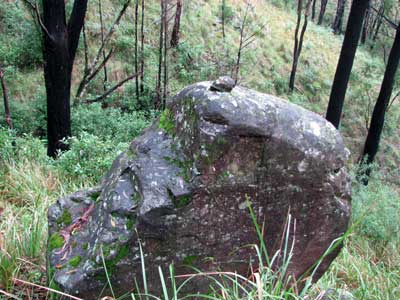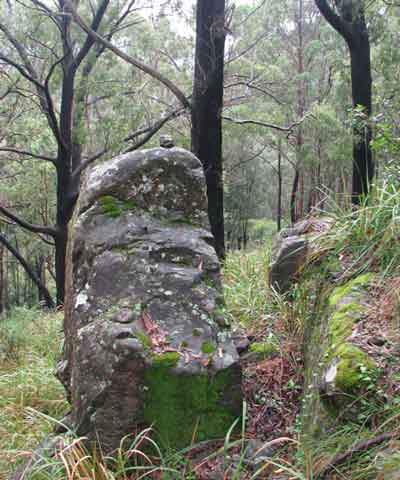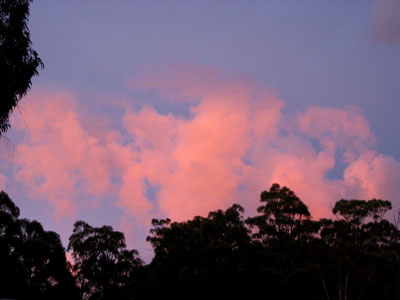 You may have heard the odd expression, ‘the common or garden variety’.
You may have heard the odd expression, ‘the common or garden variety’.
It’s used pejoratively, meaning nothing special.
I find this odd because my small vegetable and herb garden produces some of my most beautiful flowers in the course of their ‘common or garden’ duties of feeding me.
Like the Roi de Carouby snow pea, who drapes my netting fence with softly spotted green leaves and suspends stunning two-toned blooms in pink and burgundy, which turn into large and deliciously crisp peas.
They almost never make it to my table because I eat them as I see them, reluctantly leaving a few to grow fatly podded for seed for next season.
Or how about the borage plants, with their exquisitely shaped and detailed flowers — blue and burgundy petals and purplish-black stamens.
The flowers hang like space age lanterns below their clusters of exotic hairy buds.
The crinkled borage leaves are hairy too, and both flowers and leaves smell like cucumber.
I use the flower petals in salads and add just a few leaves to juices, as a tonic, but many claims are made for this herb, such as increasing milk flow in nursing mothers, or to give courage in battle. I could use the latter at times!
But I wouldn’t care if it was good for nothing but beauty, as I never plant annual flowers and the generous borage self-sows every year.

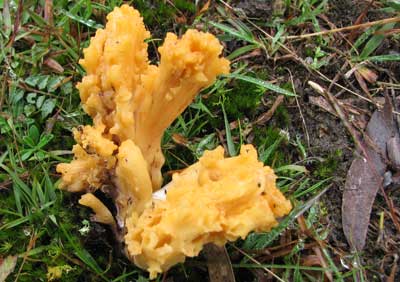

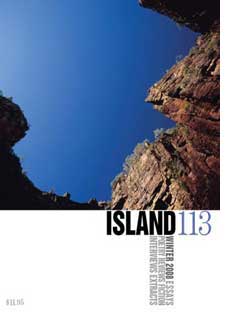 Thanks to Margie Jenkin for her review of The Woman on the Mountain in the latest edition of Island, Tasmania’s justly famous magazine of arts and literature.
Thanks to Margie Jenkin for her review of The Woman on the Mountain in the latest edition of Island, Tasmania’s justly famous magazine of arts and literature.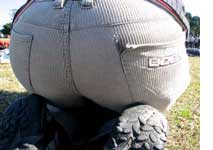 And there was action. On the Saturday hundreds more concerned people joined us. We crouched down to form a human sign – ‘Cut carbon — now or never’ and a human ticking clock, which caused us to leap up and ‘explode’ over the oval at ‘midnight’. If you weren’t in the helicopter it wasn’t much of a photo opportunity, except for the rear end of the person in front!
And there was action. On the Saturday hundreds more concerned people joined us. We crouched down to form a human sign – ‘Cut carbon — now or never’ and a human ticking clock, which caused us to leap up and ‘explode’ over the oval at ‘midnight’. If you weren’t in the helicopter it wasn’t much of a photo opportunity, except for the rear end of the person in front!
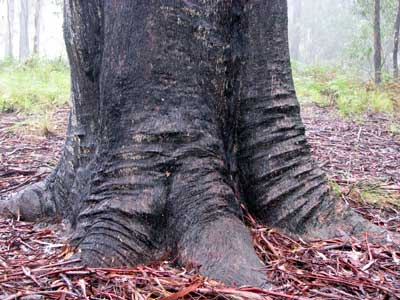
 You may have heard the odd expression, ‘the common or garden variety’.
You may have heard the odd expression, ‘the common or garden variety’. 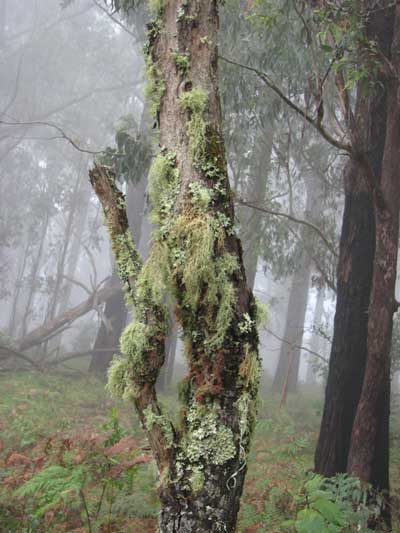

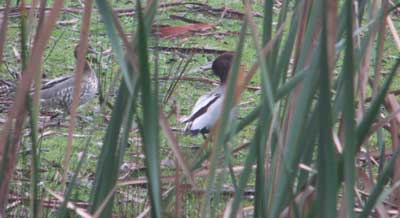
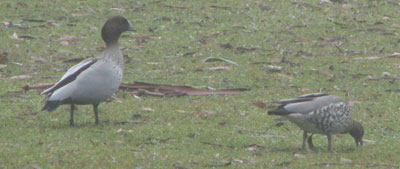
 This month I’m heading back down to the cultural haven of Eltham in Victoria.
This month I’m heading back down to the cultural haven of Eltham in Victoria. 
 I never cease to be amazed by the apparently infinite variety of fungi here. I keep discovering ones that I’ve never seen before, like this colony of banded and frilly bonnets in Indian red and brown.
I never cease to be amazed by the apparently infinite variety of fungi here. I keep discovering ones that I’ve never seen before, like this colony of banded and frilly bonnets in Indian red and brown.